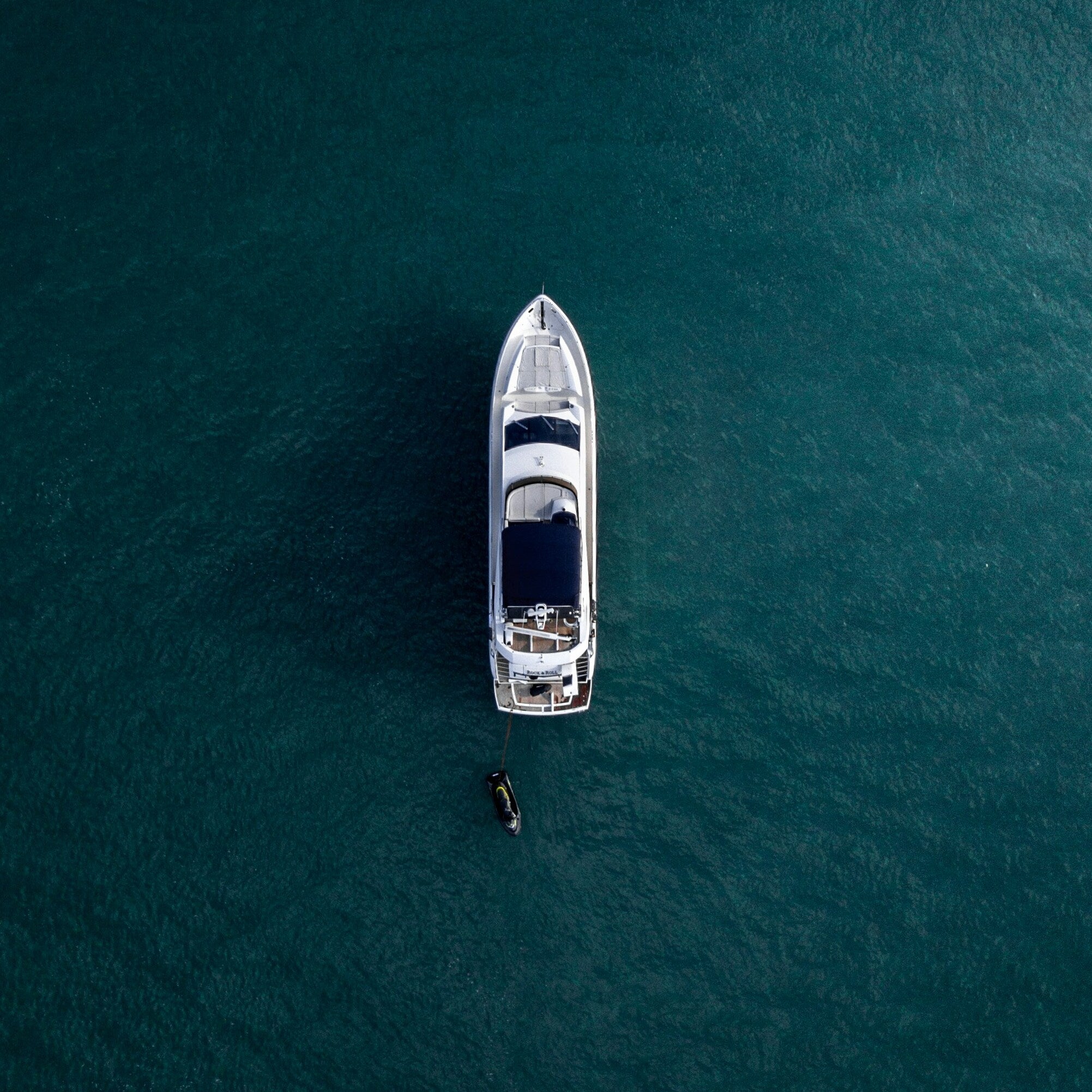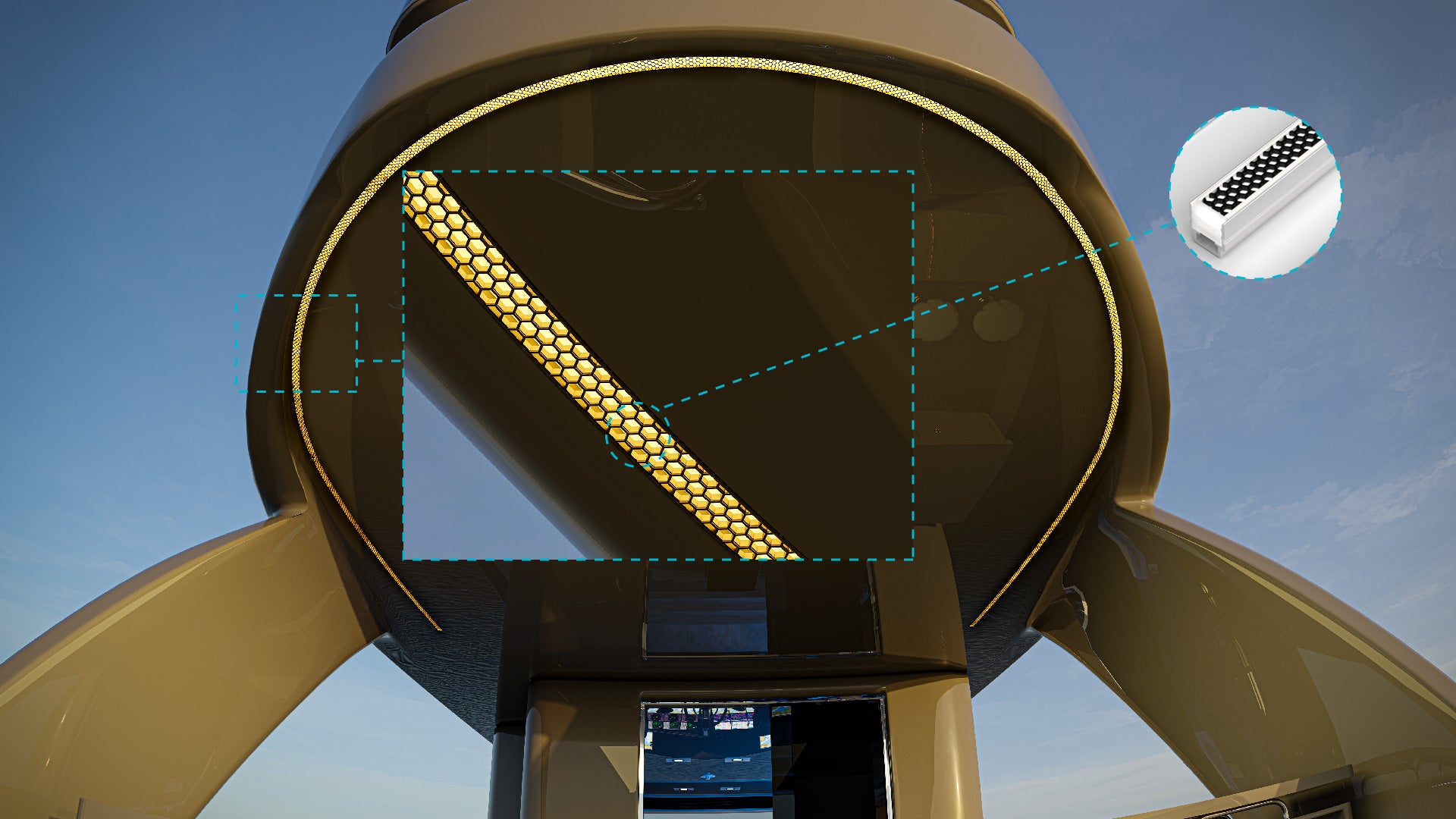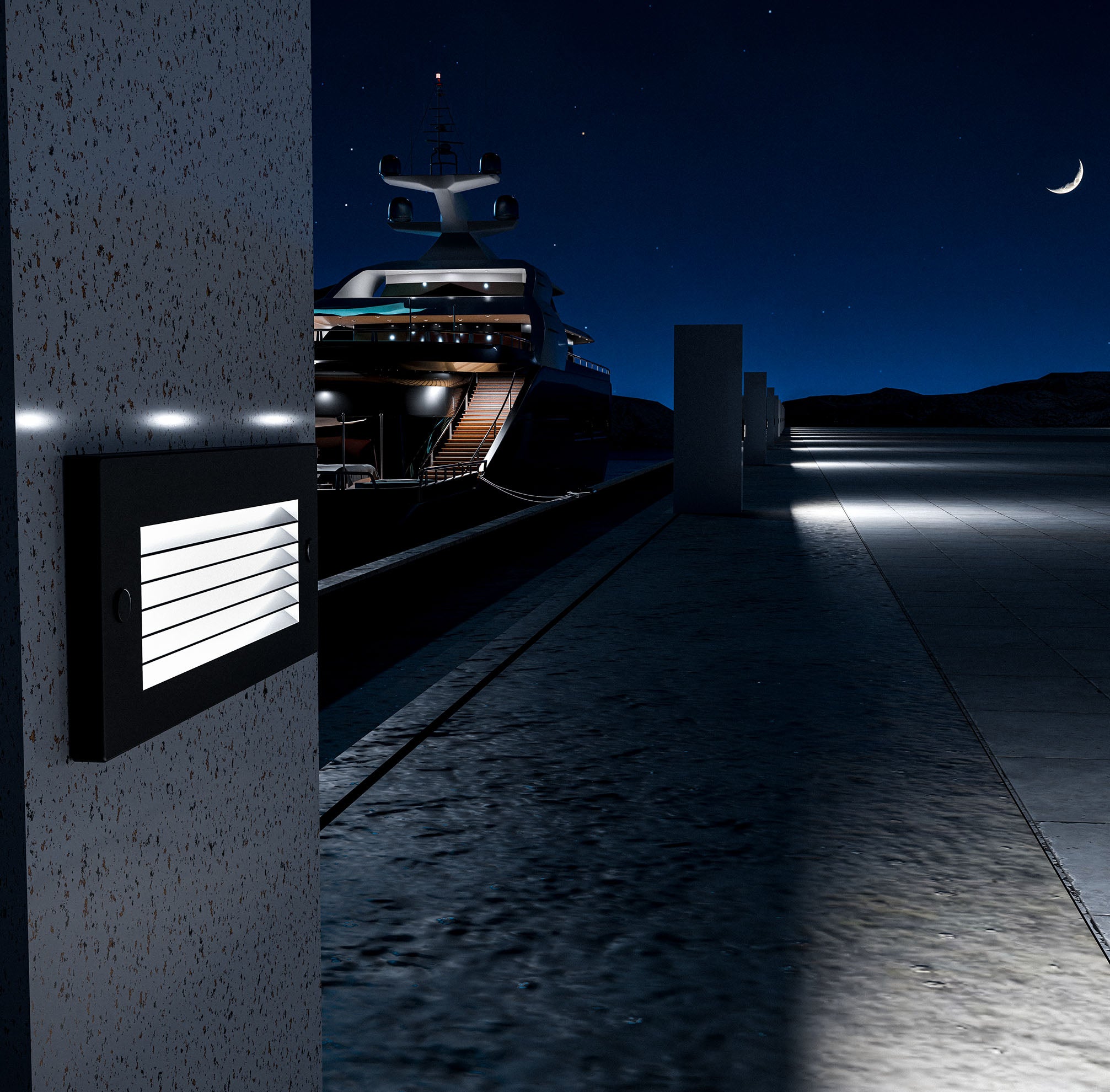In the world of boating, lighting plays a crucial role, not just in terms of aesthetics but also for safety and functionality. Whether you're lighting up the interior of a luxurious yacht or ensuring visibility on the deck of a workboat, choosing the right kind of marine LED lighting is essential. However, the needs for indoor and outdoor marine lighting vary significantly due to the different environmental conditions they face. This blog will guide you through the critical considerations for selecting the right marine LED lighting for both indoor and outdoor applications, ensuring that your vessel is well-lit, safe, and efficient.
Understanding the Differences Between Indoor and Outdoor Marine Environments
Indoor Marine Environment:
- Controlled Conditions: Unlike the exterior, the indoor environment of a marine vessel is relatively controlled. Temperature, humidity, and exposure to elements are all regulated, creating a stable environment for lighting fixtures.
- Aesthetics and Ambiance: Inside the cabin, lighting contributes significantly to the overall ambiance. Whether it's the cozy warmth of a living area, the crisp brightness of a galley, or the functional lighting in a workspace, the right lighting can enhance the comfort and style of your vessel.
- Functional Lighting Needs: In addition to ambiance, indoor lighting must serve specific functional purposes. Task lighting in the galley, reading lights in sleeping quarters, and general illumination in passageways all require tailored solutions.
Outdoor Marine Environment:
- Exposure to Harsh Conditions: Outdoor lighting on a marine vessel is exposed to a range of harsh conditions, including saltwater, UV rays, wind, and rain. This requires lighting solutions that are not only robust but also designed to withstand constant exposure to the elements.
- Durability and Waterproofing: Given the exposure to moisture and potentially corrosive environments, outdoor lighting fixtures must have a high degree of waterproofing (IP ratings) and be made from materials that resist rust and corrosion.
- Safety and Visibility: Outdoor lighting is not just about illumination but also about safety. Navigation lights, deck lights, and floodlights need to be powerful enough to ensure visibility in all weather conditions, preventing accidents and ensuring safe operations.
Key Considerations for Choosing Indoor Marine LED Lighting
Color Temperature and CRI:
- Importance of Warm Lighting: For indoor spaces, the color temperature of the lighting is critical. Warmer color temperatures (around 2700K to 3000K) are ideal for living areas and cabins, as they create a cozy, welcoming atmosphere that promotes relaxation.
- High CRI for Accurate Color Representation: Color Rendering Index (CRI) is a measure of how accurately a light source reveals the true colors of objects. In areas like the galley or cabin, where color accuracy is important, a CRI of 90 or above is recommended to ensure that colors are vibrant and true to life.
Dimmability and Control:
- Adjustable Lighting: Indoor marine lighting often needs to be adjustable to suit different activities and times of day. Dimmable LEDs allow you to control the intensity of the light, creating a versatile environment that can easily transition from bright task lighting to soft ambient lighting.
- Smart Control Systems: Integration with smart lighting control systems can enhance convenience and energy efficiency. With the ability to control lighting remotely or through automated settings, you can ensure optimal lighting conditions while conserving energy.
Energy Efficiency:
- Low Power Consumption: Energy efficiency is a key consideration for all marine lighting, but it's especially important for indoor applications where lights may be used for extended periods. LED lights are highly efficient, using up to 75% less energy than incandescent bulbs, which helps conserve battery life on board.
Aesthetics and Design:
- Matching Fixtures with Interior Design: The design of lighting fixtures should complement the overall interior design of your vessel. Whether you're opting for sleek, modern recessed lighting or classic, surface-mounted fixtures, the aesthetic impact should be considered alongside functionality.
- Recessed vs. Surface-Mounted Options: Recessed lights offer a clean, streamlined look and are ideal for low ceilings or areas where space is limited. Surface-mounted fixtures, on the other hand, can add a decorative element and are easier to install and maintain.
Key Considerations for Choosing Outdoor Marine LED Lighting
IP Rating and Durability:
- High IP Rating for Protection: The Ingress Protection (IP) rating of a lighting fixture indicates its resistance to water and dust. For outdoor marine lighting, an IP rating of 67 or higher is recommended. IP67 lights are dust-tight and can withstand immersion in water, making them ideal for wet and salty environments.
- Corrosion-Resistant Materials: Outdoor lights should be made from materials that resist corrosion, such as stainless steel or marine-grade aluminum. This ensures that the fixtures can withstand the harsh marine environment and continue to function effectively over time.
Brightness and Beam Angle:
- Need for Bright, Focused Lighting: Outdoor lighting needs to be bright enough to ensure visibility, especially in low-light conditions. LED lights offer high lumen output while consuming less power, making them ideal for outdoor applications.
- Beam Angle Considerations: The beam angle of a light determines how the light is distributed. Wide beam angles (above 60 degrees) are suitable for area lighting, such as deck lights, while narrow beam angles (below 30 degrees) are better for focused task lighting, like spotlights or searchlights.
UV and Saltwater Resistance:
- UV-Stabilized Lenses: Outdoor lighting fixtures should have UV-stabilized lenses to prevent yellowing and degradation over time. UV exposure can damage the integrity of the lens, leading to reduced light output and fixture lifespan.
- Marine-Grade Materials: Saltwater is highly corrosive, so it's essential to choose lighting fixtures made from marine-grade materials that can withstand this environment. Fixtures with anodized finishes or coatings designed to resist saltwater corrosion will last longer and perform better in outdoor marine settings.
Safety Features:
- Anti-Glare Design: Glare can be dangerous on a boat, especially at night when it can impair vision. Anti-glare lighting designs help reduce the risk of blinding other vessels or crew members, ensuring safer navigation.
- Redundancy and Backup Lighting Systems: In critical areas, such as the helm or deck, having redundant lighting systems is important. Backup lights ensure that if one system fails, there's still sufficient illumination for safe operation.
Comparison of Indoor vs. Outdoor Marine LED Lighting Requirements
To simplify the decision-making process, it’s helpful to compare the technical specifications and features required for indoor and outdoor lighting in a table:
| Feature/Specification | Indoor Lighting | Outdoor Lighting |
|---|---|---|
| IP Rating | IP20 to IP44 (minimal exposure) | IP67+ (waterproof, dustproof) |
| Color Temperature | 2700K to 3000K (warm) | 4000K to 6000K (neutral to cool) |
| CRI | 90+ for color accuracy | 80+ (sufficient for outdoor use) |
| Material | Standard-grade materials | Marine-grade (stainless steel, aluminum) |
| Beam Angle | Adjustable or fixed, wide/narrow | Wide for area, narrow for focused tasks |
| Dimmability | High importance | Moderate to low importance |
| UV/Saltwater Resistance | Not required |
Essential |
Practical Tips for Selecting the Right Lighting for Your Vessel
- Assessing Your Vessel's Needs: Begin by evaluating the specific lighting needs of your vessel. Consider the size of the spaces, the activities that will take place in each area, and the environmental conditions each fixture will face.
- Consulting a Marine Lighting Expert: Working with a marine lighting expert can help ensure that you choose the right products for your specific needs. They can provide recommendations on the best fixtures for your vessel, taking into account factors like energy efficiency, durability, and safety.
- Considering Long-Term Maintenance: Marine lighting fixtures should be easy to maintain and replace, especially in hard-to-reach areas. Opt for fixtures that allow for easy bulb replacement or those with long-lasting LEDs that require minimal maintenance over time.
Choosing the right marine LED lighting is a critical aspect of outfitting your vessel for both comfort and safety. Indoor and outdoor environments have distinct needs, and selecting the appropriate lighting for each area ensures that your vessel is well-lit, functional, and safe. Investing in high-quality, marine-grade LED lighting not only enhances the aesthetics of your vessel but also provides long-term benefits in terms of energy efficiency and durability.
Explore the wide range of marine LED lighting solutions offered by K2 Lighting, designed to meet the specific needs of both indoor and outdoor marine environments. Visit our website or contact our team for personalized recommendations and expert advice.





